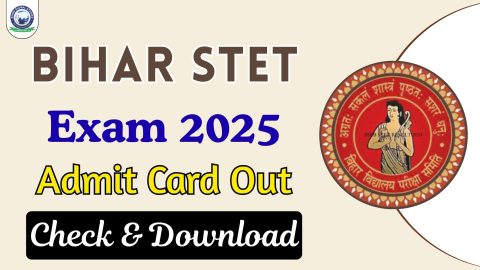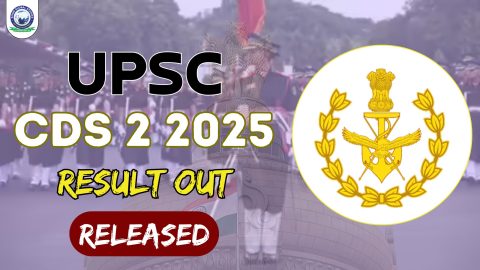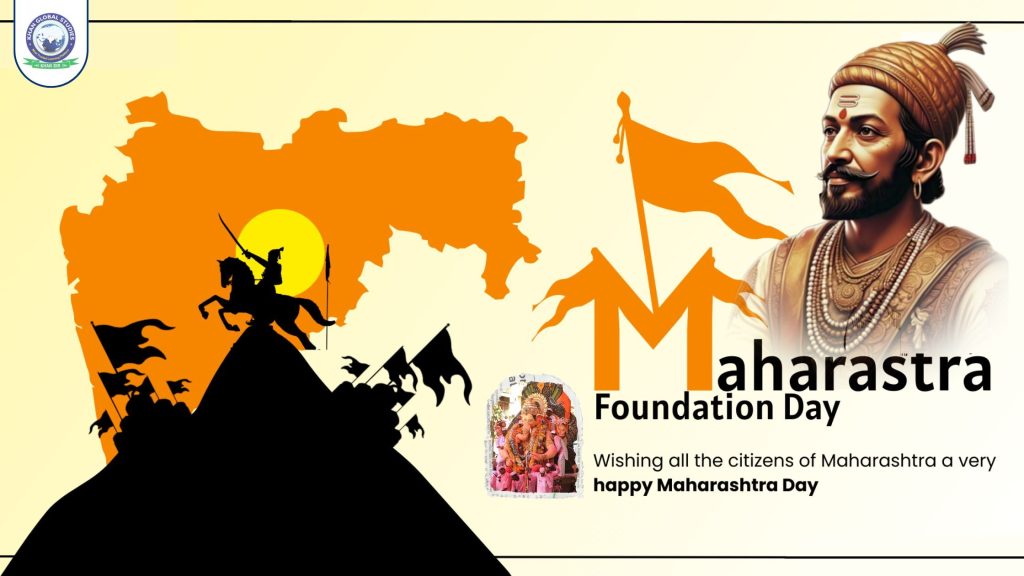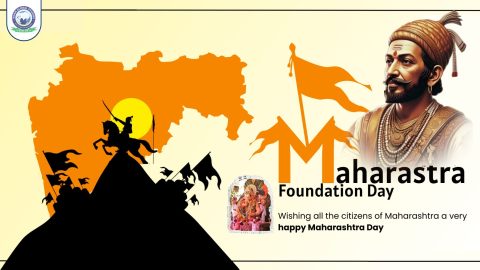Maharashtra Day is celebrated every year on May 1st. This day commemorates the formation of the state of Maharashtra in 1960, when the Bombay State was reorganized on linguistic lines and split into two new states – Maharashtra for Marathi speakers and Gujarat for Gujarati speakers.
History and Background
After India gained independence, there was a growing demand to reorganize the country into states based on linguistic and administrative grounds. In 1956, under the States Reorganisation Act, several Indian states were reorganized on the basis of language.
However, the Bombay State still included both Marathi and Gujarati-speaking populations, leading to demands for separate states.
After a prolonged struggle, the Government of India on 1st May 1960 officially bifurcated the Bombay State into two separate states – Maharashtra and Gujarat.
Geography of Maharashtra
Maharashtra is located in the western and central parts of India.
It is the third-largest state in India in terms of area.
It shares borders with Madhya Pradesh (to the north), Chhattisgarh (to the east), Karnataka and Telangana (to the south), Arabian Sea (to the west), and Gujarat and Goa (to the northwest).
The capital of Maharashtra is Mumbai, which is also considered the financial capital of India.
Nagpur serves as the second capital (winter capital) of the state.
Population and Language
Maharashtra is one of the most densely populated states in India, making it the second most populous.
The official language of the state is Marathi, which is an integral part of its culture and identity.
Other widely spoken languages include Hindi, English, Urdu, Gujarati, Konkani, and Kannada.
Political Structure
Maharashtra has a bicameral legislature consisting of the Legislative Assembly (Vidhan Sabha) and the Legislative Council (Vidhan Parishad).
The Governor is the constitutional head of the state, while the Chief Minister leads the executive.
The Maharashtra Legislative Assembly has a total of 288 seats.
Natural Resources and Industries
Maharashtra is rich in natural resources such as coal, iron, manganese, and bauxite.
The state is a leader in agriculture, industry, and the service sector.
Mumbai is the financial capital of India and home to the Bombay Stock Exchange (BSE).
Key industries include IT, film (Bollywood), automobile, textile, and pharmaceuticals.
Culture and Heritage
Maharashtra has a rich and diverse cultural history. It is the land of great warriors like Chhatrapati Shivaji Maharaj.
Famous traditional art forms include Lavani, Tamasha, Marathi Bharatnatyam, and Warli painting.
Major festivals celebrated with grandeur include Ganesh Chaturthi, Gudi Padwa, Diwali, Navratri, and Dahi Handi.
Education and Institutions
- Maharashtra is home to many prestigious educational institutions, such as:
- IIT Bombay
- Tata Institute of Social Sciences (TISS)
- University of Mumbai
- Savitribai Phule Pune University
- The literacy rate in the state is around 82.3%.
Sports and Entertainment
- Major sports in the state include cricket, kabaddi, and hockey.
- Many international players like Sachin Tendulkar and Rohit Sharma hail from Maharashtra.
- Mumbai Indians is a popular IPL cricket team based in Mumbai.
State Symbols
- State Motto: Satyamev Jayate (Truth Alone Triumphs)
- State Bird: Green Pigeon (Hariyal)
- State Animal: Indian Giant Squirrel
- State Tree: Mango
- State Flower: Jarul (Blue Glory)
Significance of Maharashtra Day
Maharashtra Day is not just a celebration of the state’s formation but also a symbol of its cultural, social, and linguistic unity.
The day is marked by parades, cultural programs, tributes to martyrs, and various celebratory events across the state.
Special events are organized at Shivaji Park (Mumbai), Vidarbha Bhavan, Raj Bhavan, and other significant venues.
Conclusion
Maharashtra is a state that has been a hub of historical evolution, cultural richness, industrial development, and social movements.
Maharashtra Day reminds us that it is possible to build a harmonious society while preserving linguistic and cultural identity.





